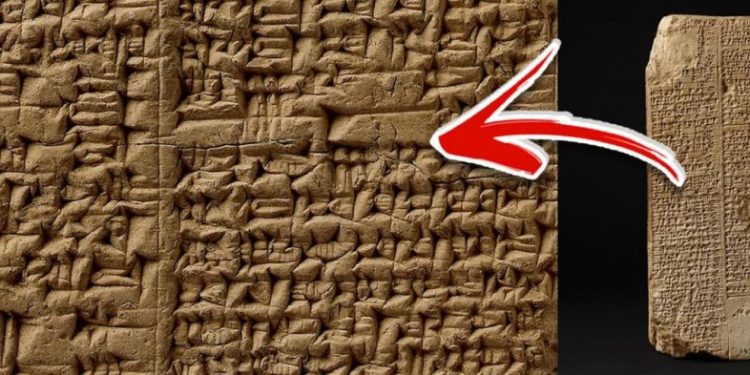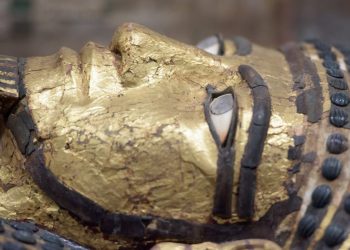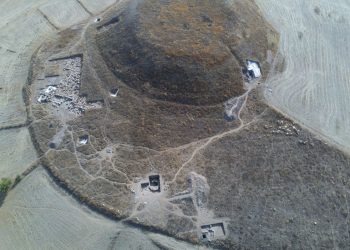There’s a stone tablet, recorded thousands of years ago in a Sumerian language that lists the ancient Kings of Sumer, their supposed length and location of kingship. The list narrates and describes the rule of pre-flood, or antediluvian, Gods, who are said to have ruled on Earth for tens of thousands of years.
The list itself is composed of a number of fragments recorded in cuneiform-etched, clay tablets, that detail a rare, and unexpected lineage of God and Human rulers, which lived, according to the historical list, for tens of thousands of years, while ruling the land of ancient Mesopotamia.
The Sumerian King Lists first fragments were excavated in the 1900s by Hermann Hilprecht at the ancient Sumerian city of Nippur. As more and more excavations took place, the more contents belonging to the list were uncovered. Eventually, throughout the years, archeologists found over a dozen copies of Sumerian King Lists, in Babylon, Susa, and Assyria, and the Royal Library of Nineveh from the VII century BC.
However, the best-preserved specimen of the Sumerian King List is referred to as the Weld-Blundell Prism, a clay, cuneiform inscribed vertical prism currently housed in the Ashmolean Museum.
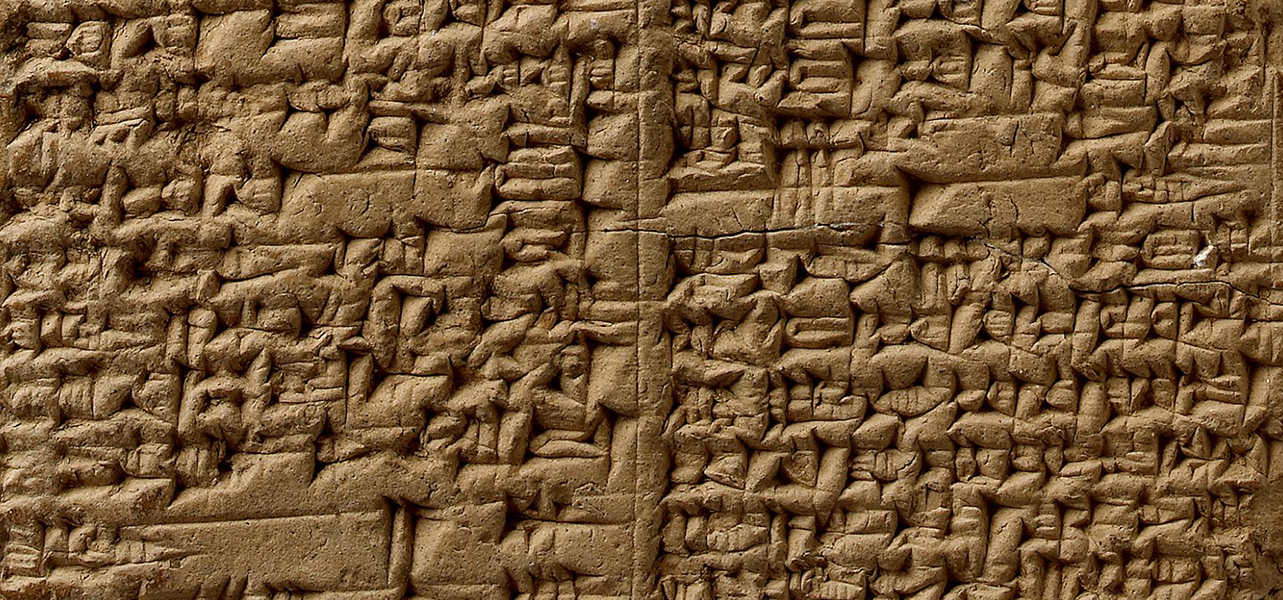
The Sumerian King List describes how God ruled on Earth
The historical document describes how in the distant past when the first cities of Earth were created in Mesopotamia, its rulers came from the heavens and ruled over the land for tens of thousands of years.
In addition, the Sumerian King list offers a detailed description of the Sumerian rulers from the beginning of history, before the great flood.
Given the ruler’s lengthy reign and their general description, scholars argue that the list is not a factual document but rather a mixture of prehistorical and mythological accounts. Despite this belief, researchers have been unable to explain why this unique, historical list features a ‘mixture’ of mythical pre-dynastic rulers with historical rulers that are thought to have actually existed.
As noted by a description by the Ashmolean Museum, the “Sumerian King List is not history as we would understand it, but a combination of myth, legend and historical information.”
The document itself is one of a kind, in terms of the history it details.
The Sumerian King List beings with the mythological origins of kingship, where the rulers have fantastically long reigns. This is followed by the famous lines: ‘The Flood swept over. After the Flood had swept over and kingship had descended from heaven’.
The flood is the subject of other major works in Mesopotamian literature and the story was adapted in the Old Testament to form the basis of the account of Noah.
The reigns were measured in Sumerian numerical units known as sars (units of 3600), ners (units of 600), and sosses (units of 60).
It is believed that the more years a king ruled, the more important he was in history. Therefore, some scholars argue that the incredibly lengthy reigns described in the Sumerian King List may have been created to describe not the actual timeline of rule, but the importance of Each King.
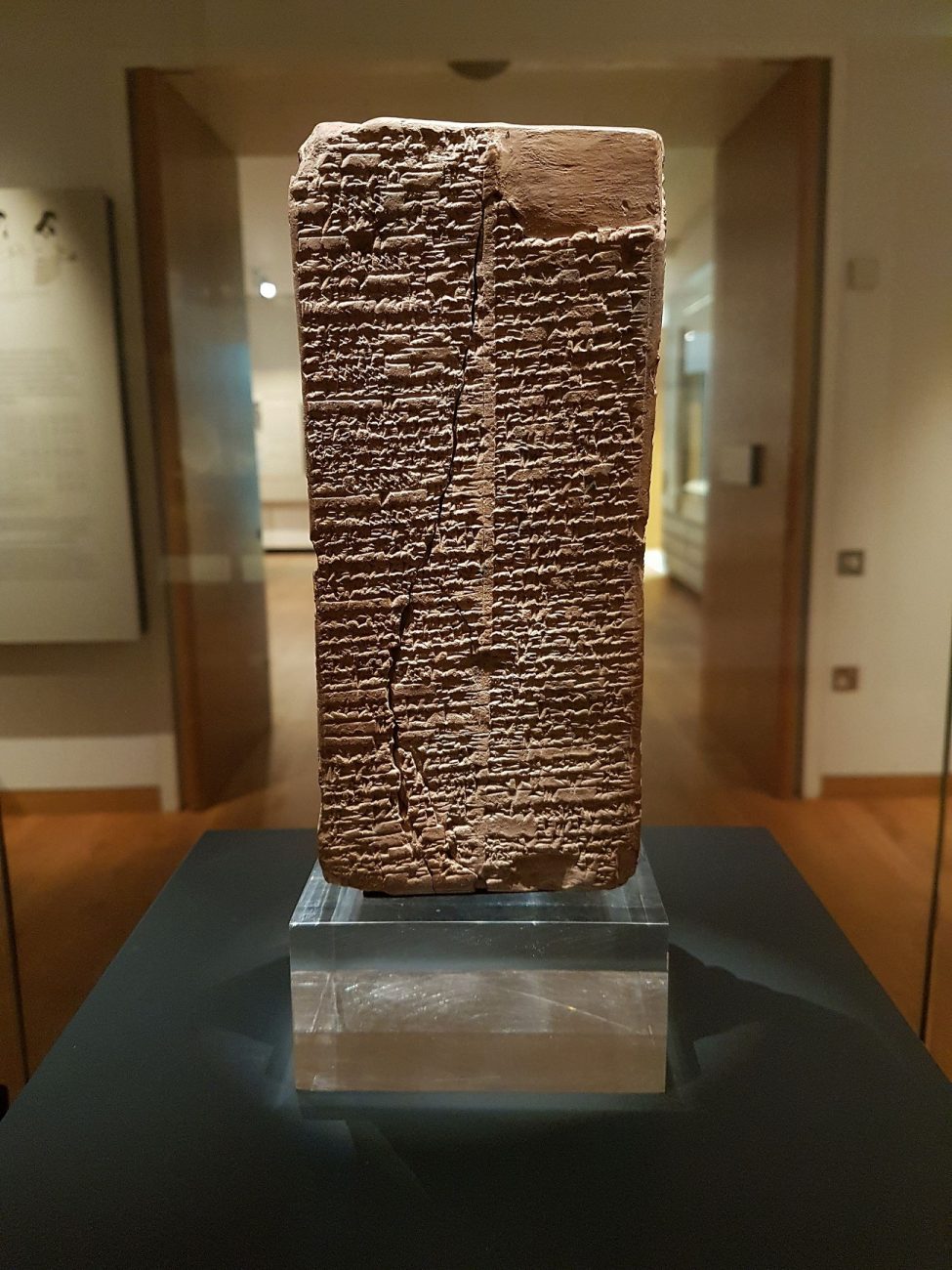
The Sumerian king list: translation (Source)
Before the Flood
1-39After the kingship descended from heaven, the kingship was in Eridug. In Eridug, Alulim became king; he ruled for 28800 years. Alaljar ruled for 36000 years. 2 kings; they ruled for 64800 years. Then Eridug fell and the kingship was taken to Bad-tibira. In Bad-tibira, En-men-lu-ana ruled for 43200 years. En-men-gal-ana ruled for 28800 years. Dumuzid, the shepherd, ruled for 36000 years. 3 kings; they ruled for 108000 years. Then Bad-tibira fell (?) and the kingship was taken to Larag. In Larag, En-sipad-zid-ana ruled for 28800 years. 1 king; he ruled for 28800 years. Then Larag fell (?) and the kingship was taken to Zimbir. In Zimbir, En-men-dur-ana became king; he ruled for 21000 years. 1 king; he ruled for 21000 years. Then Zimbir fell (?) and the kingship was taken to Curuppag. In Curuppag, Ubara-Tutu became king; he ruled for 18600 years. 1 king; he ruled for 18600 years. In 5 cities 8 kings; they ruled for 241200 years. Then the flood swept over.
After The Flood
40-94After the flood had swept over, and the kingship had descended from heaven, the kingship was in Kic. In Kic, Jucur became king; he ruled for 1200 years. Kullassina-bel ruled for 960 (ms. P2+L2 has instead: 900) years. Nanjiclicma ruled for (ms. P2+L2 has:) 670 (?) years. En-tarah-ana ruled for (ms. P2+L2 has:) 420 years ……, 3 months, and 3 1/2 days. Babum …… ruled for (ms. P2+L2 has:) 300 years. Puannum ruled for 840 (ms. P2+L2 has instead: 240) years. Kalibum ruled for 960 (ms. P2+L2 has instead: 900) years. Kalumum ruled for 840 (mss. P3+BT14, Su1 have instead: 900)years. Zuqaqip ruled for 900 (ms. Su1 has instead: 600) years. (In mss. P2+L2, P3+BT14, P5, the 10th and 11th rulers of the dynasty precede the 8th and 9th.) Atab (mss. P2+L2, P3+BT14, P5 have instead: Aba) ruled for 600 years. Macda, the son of Atab, ruled for 840 (ms. Su1 has instead: 720) years. Arwium, the son of Macda, ruled for 720 years. Etana, the shepherd, who ascended to heaven and consolidated all the foreign countries, became king; he ruled for 1500 (ms. P2+L2 has instead: 635) years. Balih, the son of Etana, ruled for 400 (mss. P2+L2, Su1 have instead: 410)years. En-me-nuna ruled for 660 (ms. P2+L2 has instead: 621) years. Melem-Kic, the son of En-me-nuna, ruled for 900 years. (ms. P3+BT14 adds:) 1560 are the years of the dynasty of En-me-nuna .Barsal-nuna, the son of En-me-nuna, (mss. P5, P3+BT14 have instead: Barsal-nuna) ruled for 1200 years. Zamug, the son of Barsal-nuna, ruled for 140 years. Tizqar, the son of Zamug, ruled for 305 years. (ms. P3+BT14 adds:) 1620 + X ……. Ilku ruled for 900 years. Iltasadum ruled for 1200 years. En-men-barage-si, who made the land of Elam submit, became king; he ruled for 900 years. Aga, the son of En-men-barage-si, ruled for 625 years. (ms. P3+BT14 adds:) 1525 are the years of the dynasty of En-men-barage-si. 23 kings; they ruled for 24510 years, 3 months, and 3 1/2 days. Then Kic was defeated and the kingship was taken to E-ana.
Fictional rulers?
It is noteworthy to mention that none of the predynastic “antediluvian” rulers have been verified via archaeological excavations, epigraphical inscriptions, or otherwise. However, some scholars argue that it is possible that these rulers correspond to the Early Bronze Age Jemdet Nasr period culture which ended approximately 2900 BC, immediately preceding the dynasty.
Furthermore, it is also possible that these God-Kings were nothing more than fictional creations to were placed into the list in order to make the kingdom seem more legitimate and ancient to its subjects which would explain the exaggerated lifespans and recurring and composite characters that have overwhelming similarities with their predecessors.
You can find the complete translation of the Sumerian King List by clicking here.



